
‘One Less Thing That I Have to Think About’: Michelle Obama Dishes on Life After the White House and the Freedom That Came With It
Michelle Obama’s Style Evolution: From the White House to Embracing Her Own Hair and Freedom
Michelle Obama remains one of the most influential women in modern American history—the first Black woman to ever reside in the White House. While many remember her for her grace and intellect, it’s equally undeniable that she carried out her duties with unmatched elegance and confidence. From her stunning gowns at state dinners to her relaxed, chic looks during family outings, she constantly turned heads throughout Barack Obama’s presidency.

In her early years as First Lady, Michelle often wore her hair in sleek styles—pulled back, softly curled, or straightened—sometimes complemented by weaves or extensions to maintain a polished, professional image. However, her true style evolution blossomed after leaving the White House, when she began to embrace a more authentic and carefree appearance. Many of her admirers say this transformation reflects a woman who is fully in touch with her roots, literally and figuratively.
Why She Avoided Braids in the White House
In a recent interview with People magazine ahead of the release of her new coffee-table book, The Look, Michelle Obama opened up about why she never wore braids during her husband’s two terms as president. She revealed that she consciously avoided wearing natural or braided hairstyles because she felt the country “wasn’t ready yet.”
“I understood the symbolism of me wearing braids as the First Lady,” Michelle said. “The CROWN Act hadn’t been passed yet, and just like fashion, I didn’t want my hair to become a distraction.”
At that time, discussions about Black hair and professionalism were still limited. The CROWN Act, which was later introduced in 2019, aimed to prohibit discrimination against people based on natural hair textures and styles. Michelle’s awareness of how something as personal as her hairstyle could shape national conversations demonstrated her understanding of symbolism and politics.
She once joked that during Barack Obama’s presidency, she kept her hair straight so that the administration could focus on healthcare reform instead of her appearance. Her choice reflected not insecurity, but strategy. As she noted, being the first Black family in the White House meant that every decision—down to a hairstyle—carried cultural weight.
Finding Freedom Through Braids
After leaving the White House, Michelle began to reclaim her personal freedom, starting with her hair. She described how braids have become both a practical and liberating choice:
“Braids allow me to get them done, and then that’s one less thing I have to think about. When I’m out of the public eye, I am swimming, I am playing tennis, I work out. I like to be active. And braids represent that kind of freedom for me.”
Her hairstylists, Johnny Wright and Yene Damtew, who worked with her during and after her time in Washington, have spoken about how Michelle’s post-presidency style reflects a woman living life on her own terms.
That message came through powerfully in 2022, when she appeared with box braids pulled into a bun for the unveiling of her official White House portrait. The painting showed her with sleek, shoulder-length curls—symbolizing the balance between professionalism and self-expression—but the braids she wore at the event sent an even deeper message.
“I understood the significance of wearing braids that day,” Michelle recalled. “I wanted to send a message to young women that we should be the ones determining what is appropriate for our hair—not our boss, not our workplace, not some outdated standard that doesn’t even reflect who we are.”
Beyond Hair: Style, Identity, and Representation
Michelle Obama’s hair journey is not just about aesthetics—it’s a reflection of freedom, identity, and representation. In interviews with Marie Claire and The Washington Post, she discussed how Black women often spend countless hours straightening their naturally curly hair to meet professional standards that were never designed with them in mind. “It’s beautiful the way it grows naturally,” she said. “If we struggle to make it look like the standard, we’re spending thousands of hours and lots of money trying to change what’s already perfect.”
She emphasized that, in her 60s, she now feels more at peace than ever. “For the first time in my life, every decision I make is for me,” she told Parade. “That is freedom.”
Her evolving approach to beauty and self-presentation also carries a cultural impact. The Guardian noted that by confidently wearing braids, Michelle is helping redefine what power and professionalism look like for Black women around the world. Her choices affirm that authenticity and authority are not opposites—they coexist.
The Power of Representation
During her years as First Lady, Michelle faced criticism for trivial reasons—such as showing her toned arms in sleeveless dresses or wearing bold colors at official events. Yet her ability to stay true to herself, while balancing the expectations of a nation, inspired millions.
Now, her post-White House glow represents something deeper. She no longer dresses or styles her hair for approval; she does it for joy, health, and authenticity. “I’m strong, I’m healthy, and I feel free,” she said recently.
Fans and celebrities alike have celebrated this transformation. Former CNN anchor Don Lemon simply commented “Queen” under a recent photo, while countless social media users praised her confidence. One fan wrote, “It’s exhausting having to explain our hair. Watching you wear braids these past few years has been pure joy—so beautiful and free.”
A Legacy of Confidence and Change
Michelle Obama’s hair evolution—from polished First Lady styles to the bold, natural freedom of today—tells a larger story about progress and self-acceptance. It’s about redefining beauty standards and empowering others to do the same. By embracing her natural textures and rejecting old expectations, she has shown that professionalism doesn’t have one look, one texture, or one definition.
Her story reminds women everywhere—especially Black women—that confidence begins with authenticity. “This, too,” she once said, “is an appropriate and beautiful way to wear your hair.”
News in the same category

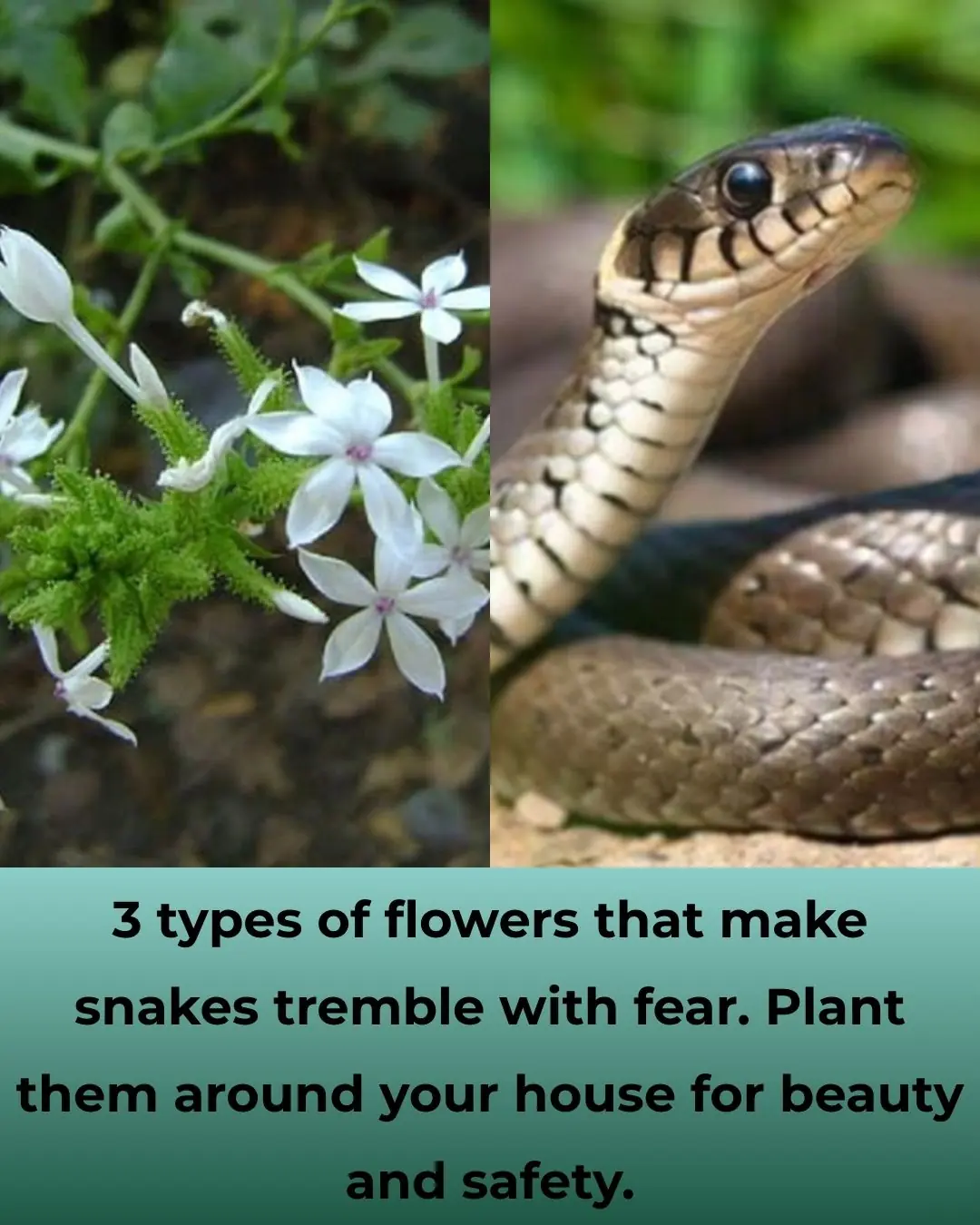
3 Flowers That Make Snakes Tremble — Natural Repellents You Can Grow at Home

You’re Taking Iron Supplements Wrong — Here’s the Science-Backed Way to Do It Right
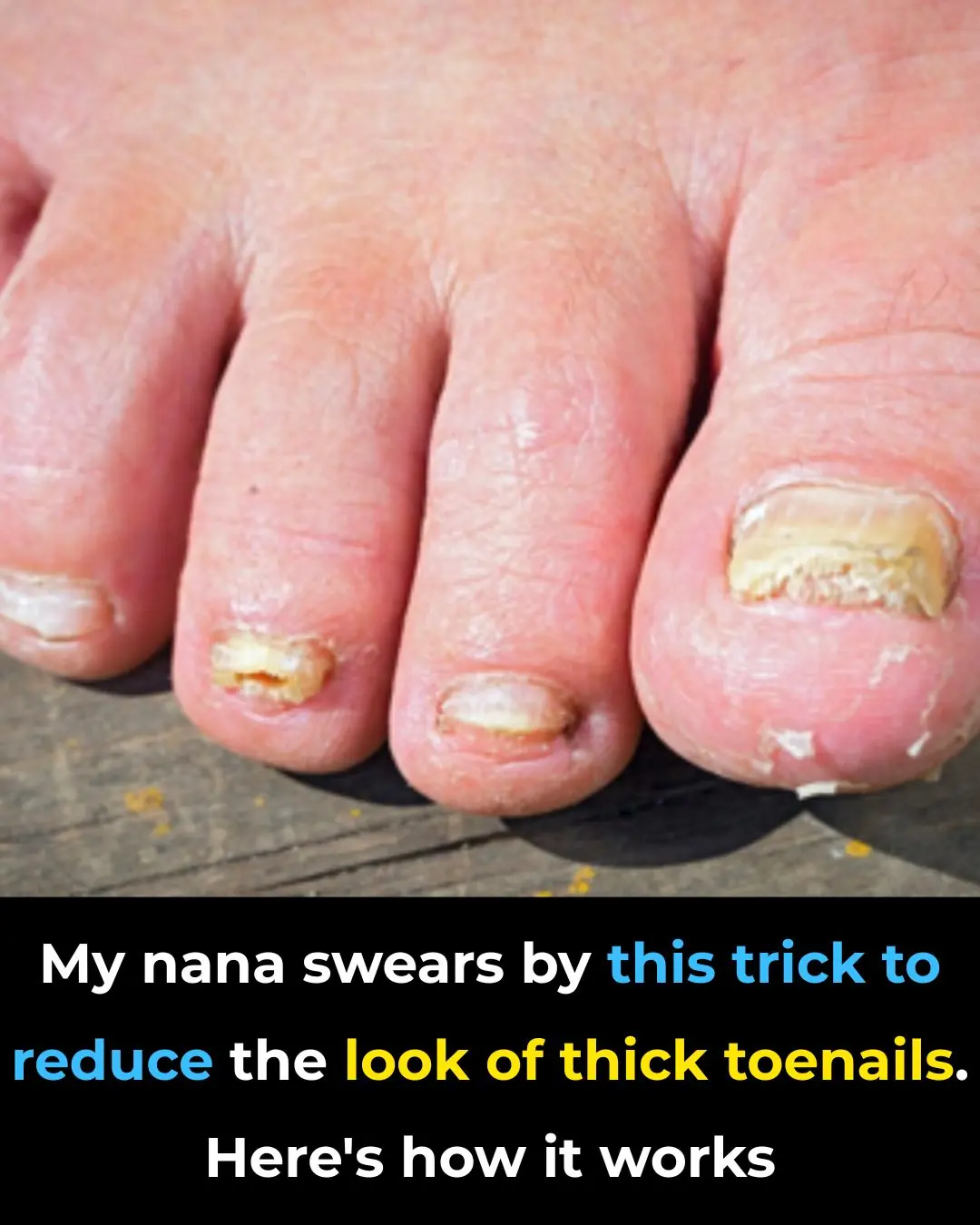
Nana’s Baking Soda Hack: The Surprisingly Effective Trick to Soften and Thin Thick Toenails

Never Mix Medications in One Box: 10 Serious Risks Most People Don’t Know

The Right Way to Take Ashwagandha: A Science-Backed Guide to Unlock Its Full Potential

78-Year-Old Grandmother Is Inspiring Others To Stay Active Through Powerlifting

Coco Gauff Donates $100K to UNCF to Fund Scholarships for HBCU Tennis Players
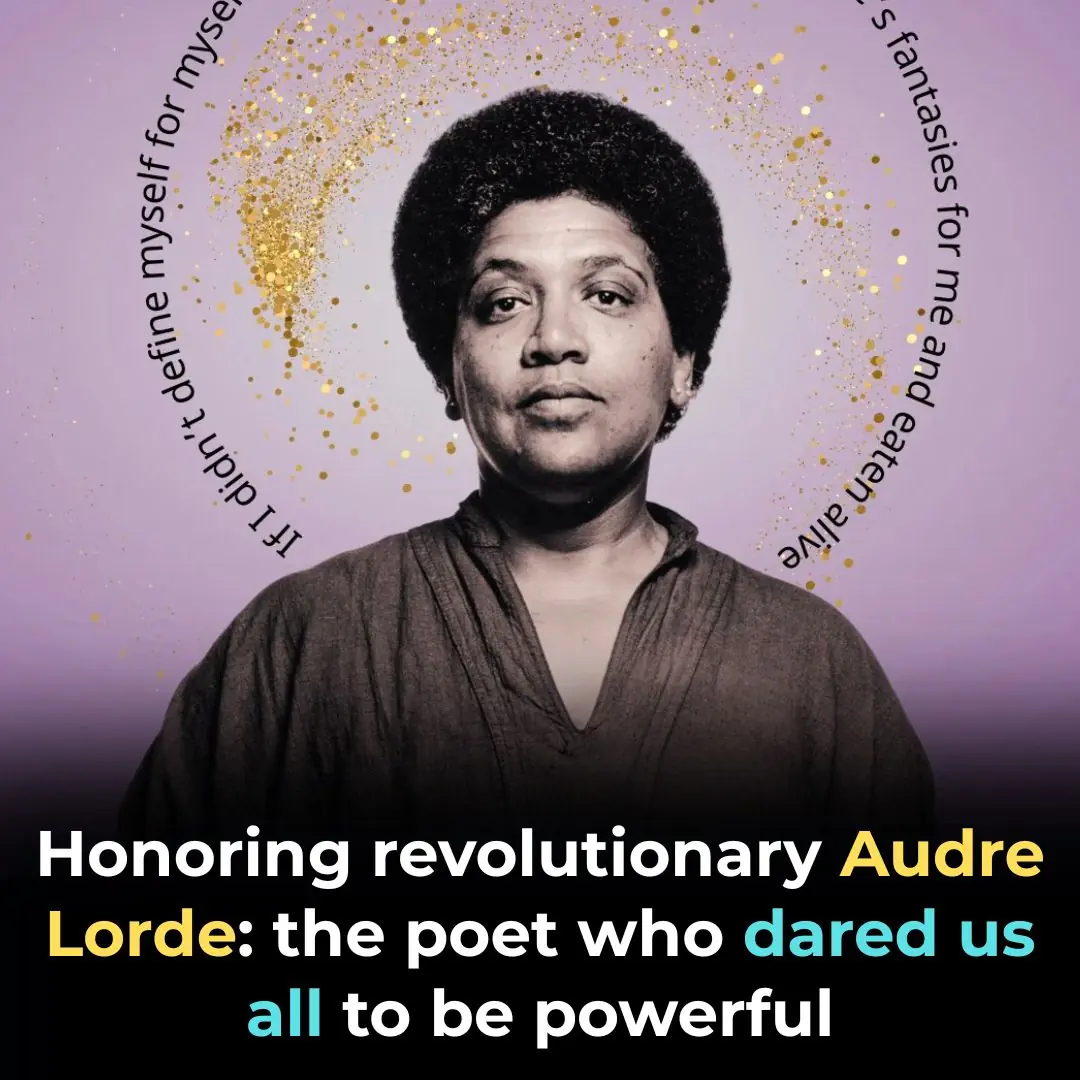
Honoring Revolutionary Audre Lorde: The Poet Who Dared Us All To Be Powerful
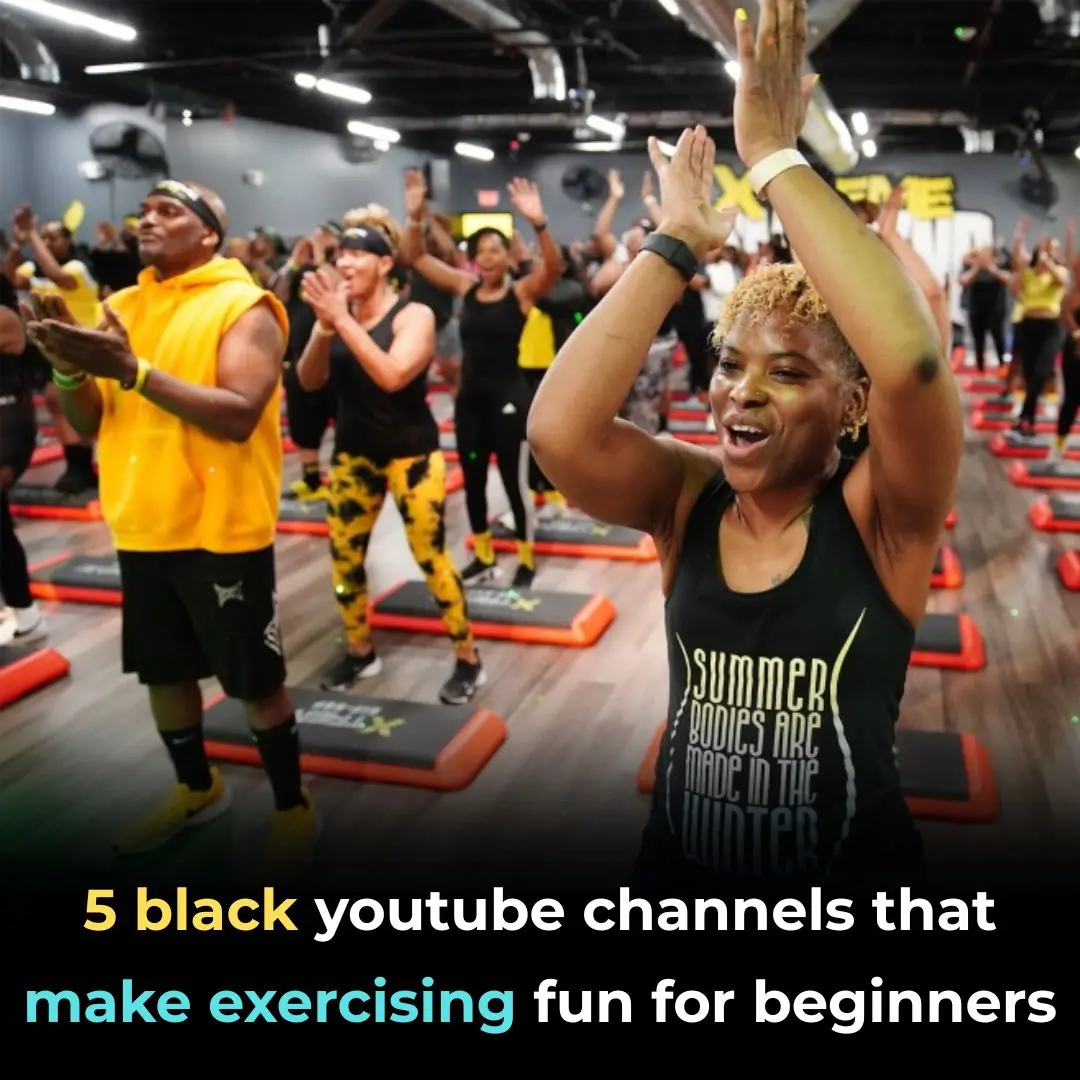
5 Black YouTube Channels That Make Exercising Fun For Beginners

Grant Hill and Chris Webber Join Ownership Group to Bring WNBA Team Back to Detroit
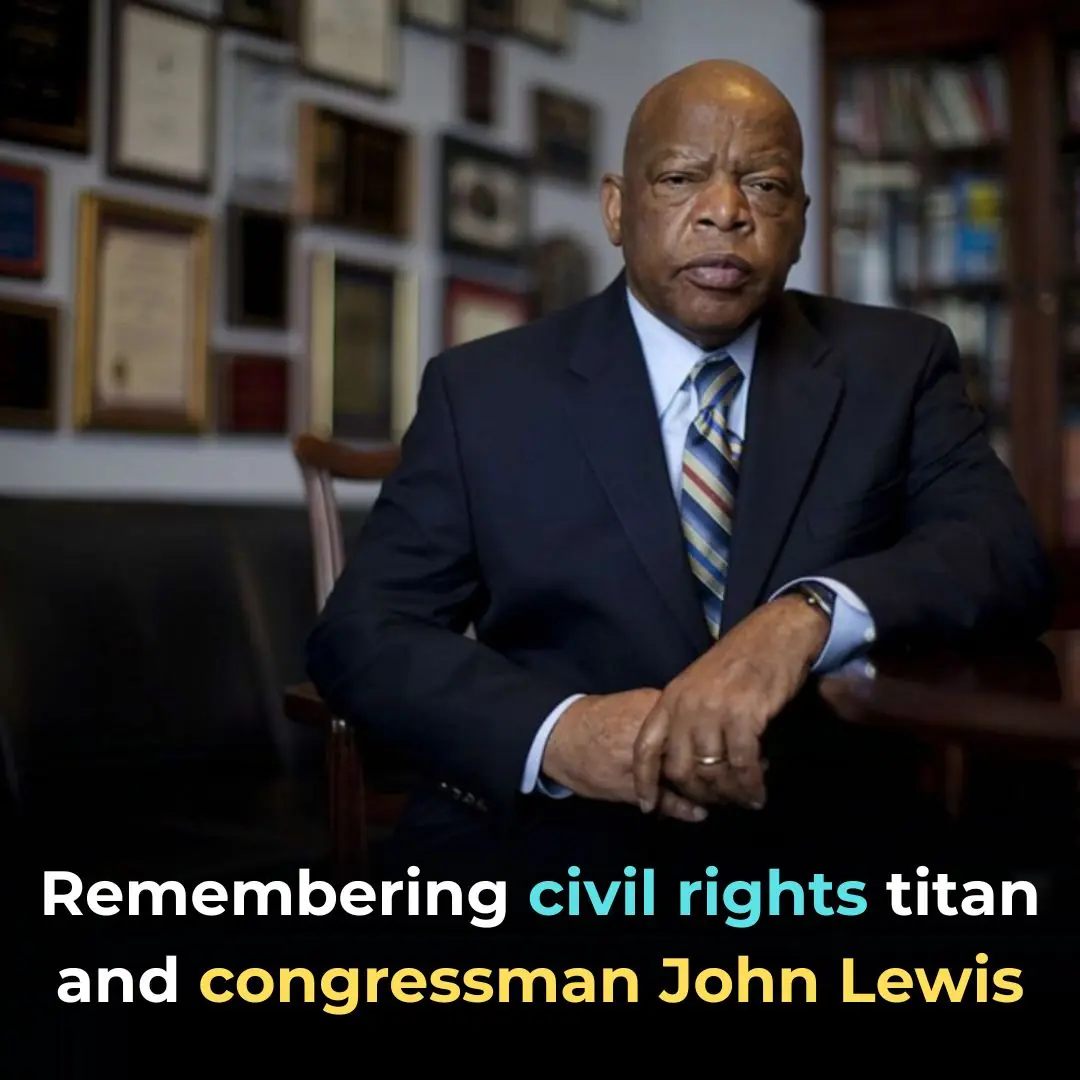
Remembering Civil Rights Titan and Congressman John Lewis

Boiling Sweet Potatoes: Don’t Just Add Plain Water—Add This Spoonful for Perfectly Fluffy, Sweet Results

The Science Behind Putting a Cotton Swab in a Menthol Oil Bottle
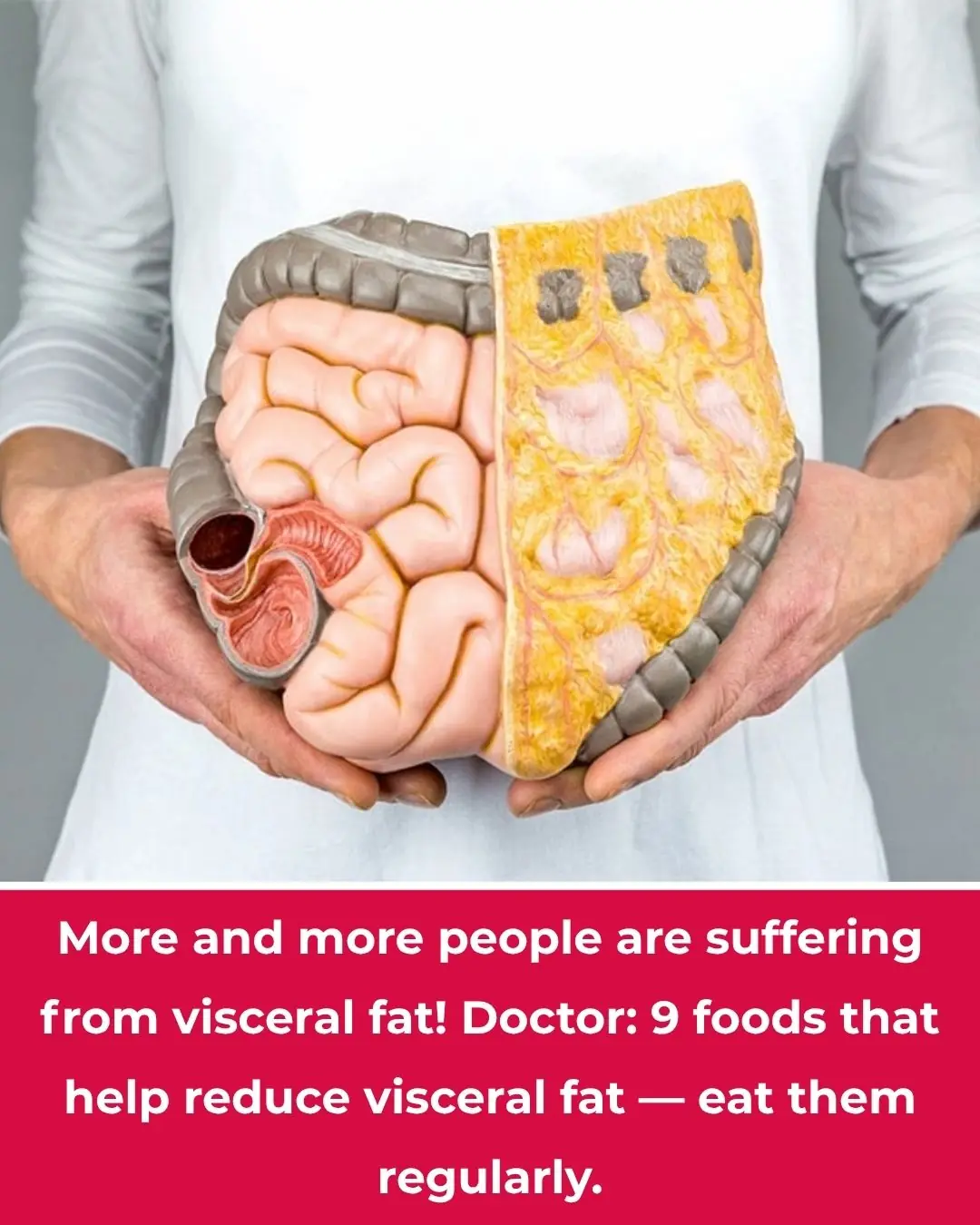
More People Are Struggling with Visceral Fat — Doctors Reveal 9 Foods That Help Burn It Naturally
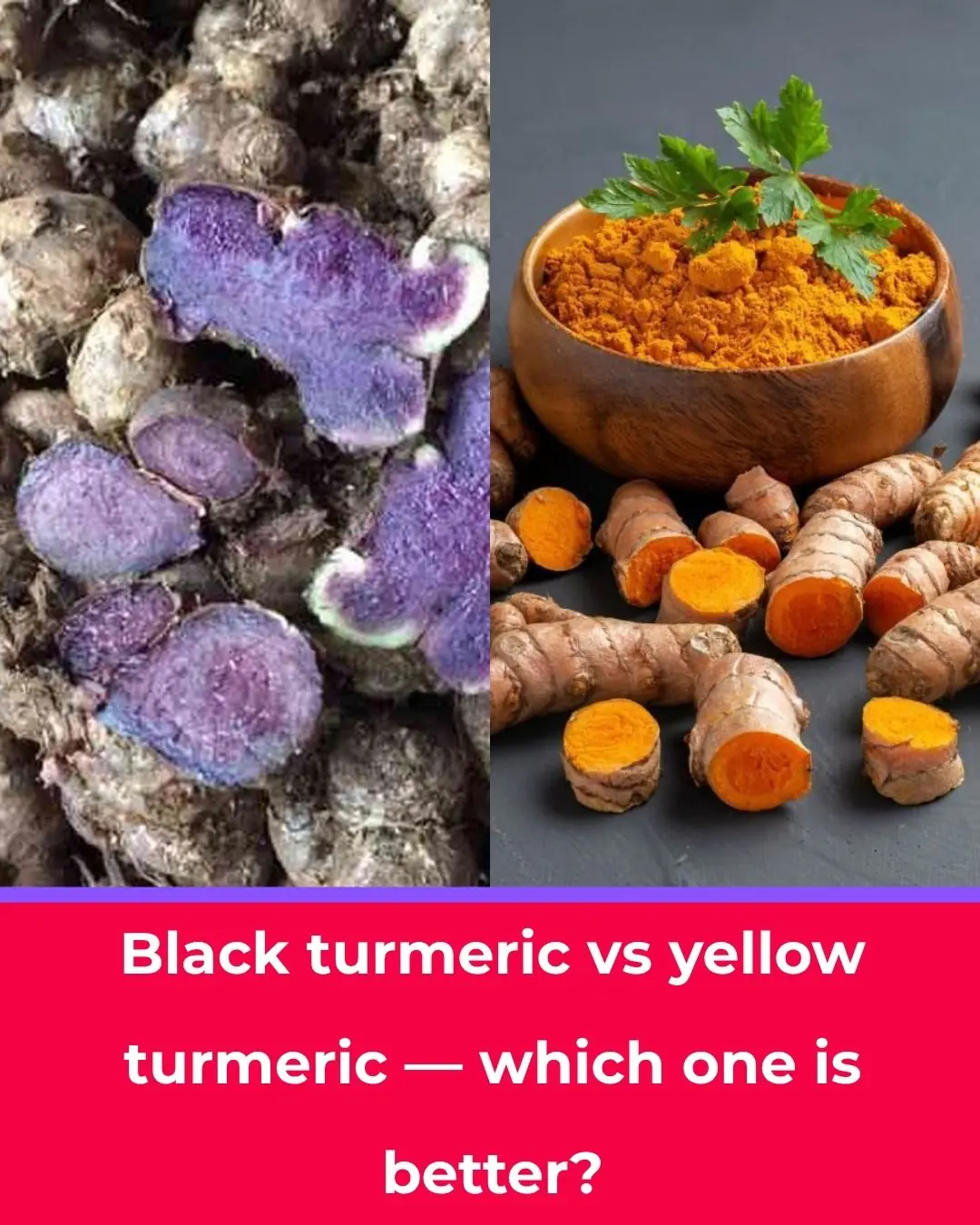
Black Turmeric vs. Yellow Turmeric: Which One Is Better?

Like to see more from Tips for the Home

I Had No Idea About This!

These Ideas Are Amazing: 10 Clever Ways to Use Dryer Sheets Beyond the Laundry Room
News Post
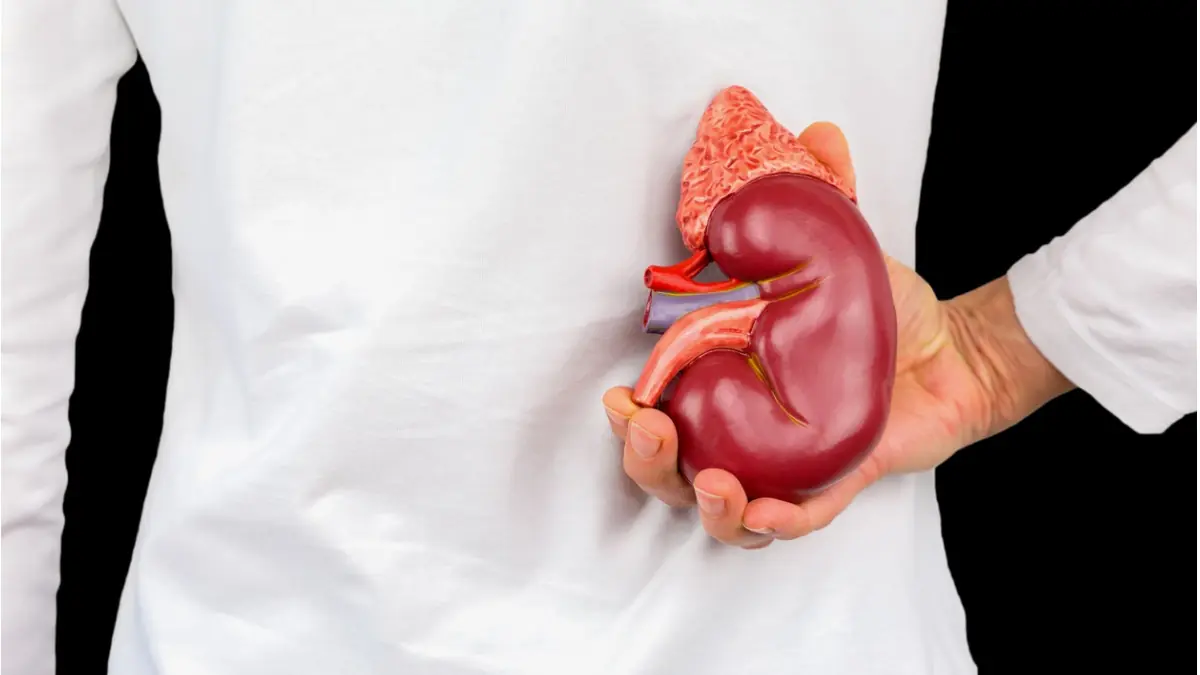
The #1 Food for Detoxifying and Supporting Kidney Health

Dark Chocolate and Tea Found to Significantly Lower Blood Pressure

Why This Doctor Refuses to Prescribe Statins for High Cholesterol

Top 5 Foods to Avoid if You Have High Blood Pressure

Why You Should Sprinkle Salt on Your Gas Stove

3 Flowers That Make Snakes Tremble — Natural Repellents You Can Grow at Home

You’re Taking Iron Supplements Wrong — Here’s the Science-Backed Way to Do It Right

Nana’s Baking Soda Hack: The Surprisingly Effective Trick to Soften and Thin Thick Toenails

Never Mix Medications in One Box: 10 Serious Risks Most People Don’t Know

The Right Way to Take Ashwagandha: A Science-Backed Guide to Unlock Its Full Potential

Shrimp injected with impurities is easy to distinguish: Smart people will see this point

Tips for cleaning an air fryer without scrubbing and still clean as new

25 Incredible Health Benefits of Goosegrass

The water pipe is clogged, just blame this and it will be solved easily, no need to waste money calling a plumber.

How to clean the bathroom easily and effortlessly: It will stay clean and fragrant all week long
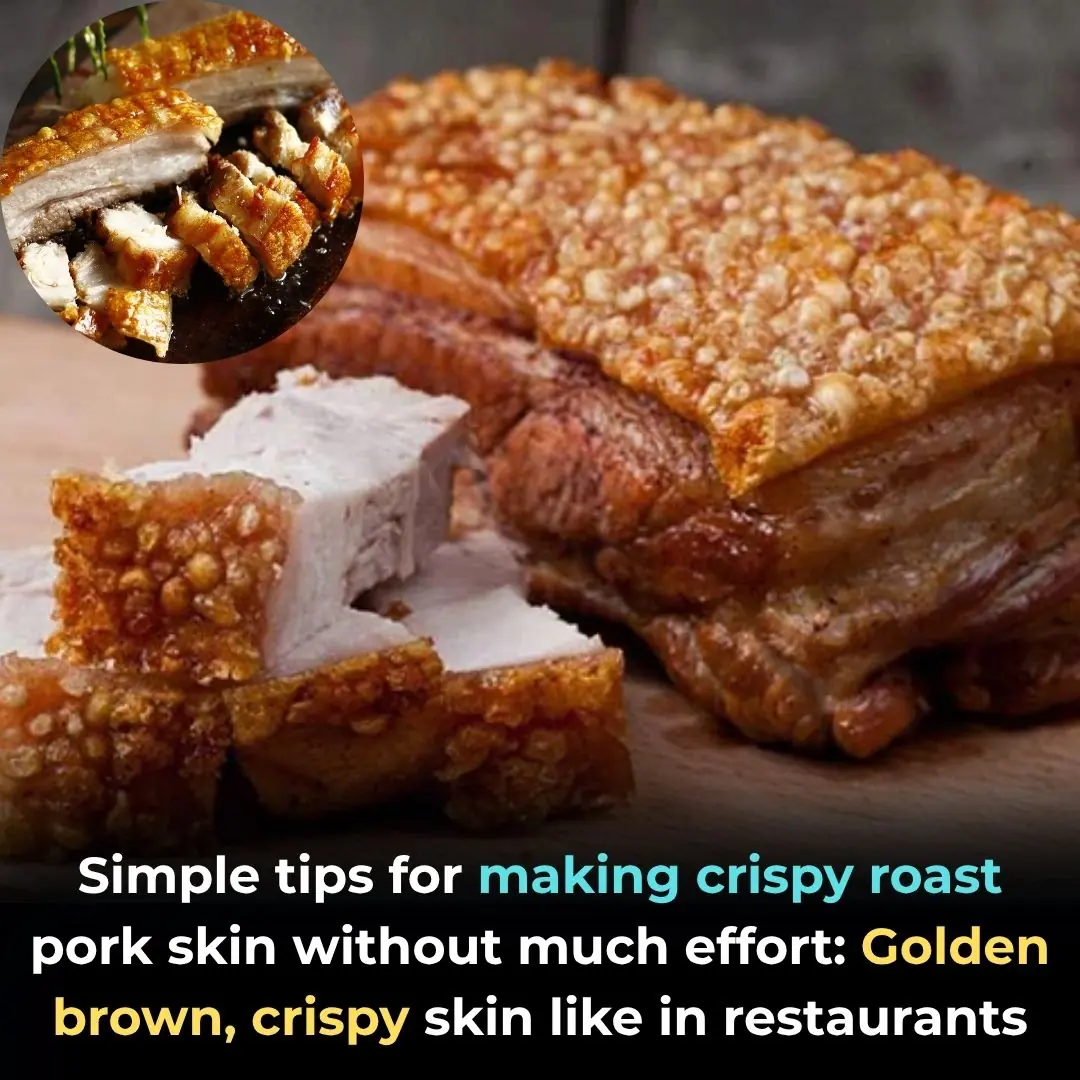
Simple tips for making crispy roast pork skin without much effort: Golden brown, crispy skin like in restaurants
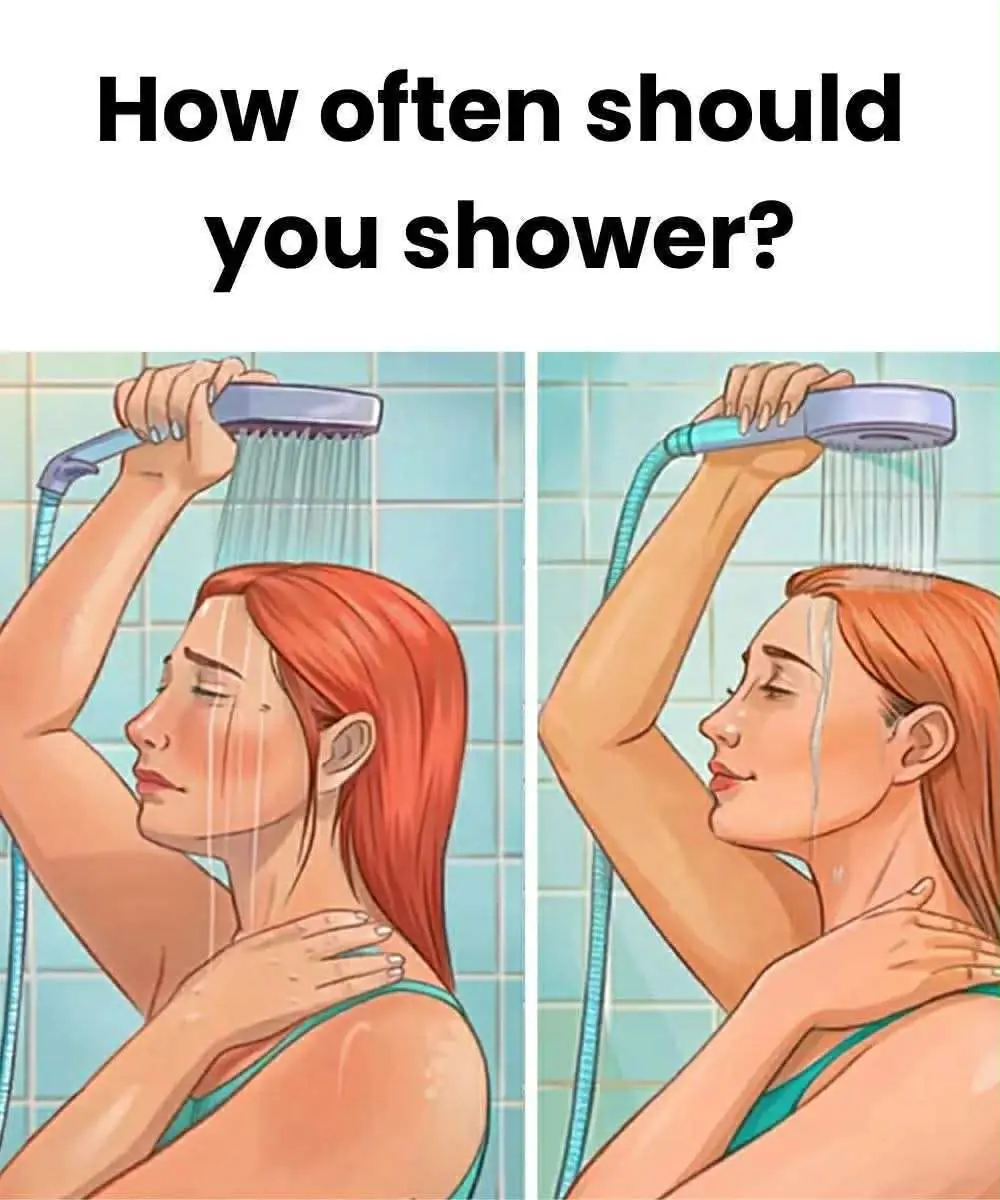
How bathing too often can affect your health

Dirty sofa, do not use wet towel to wipe: Use this to clean it, it will not be damaged

Drop this into the basin, clams and snails will release all the mud and dirt, making them 5 times more fattening.
